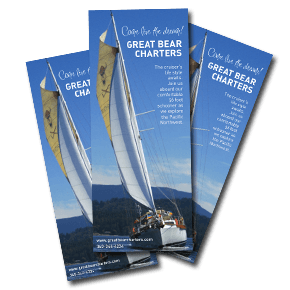Great Bear Rainforest
Great Bear Rainforest
Selected segments written by Lynn Ove Mortensen
Selected segments written by Lynn Ove Mortensen
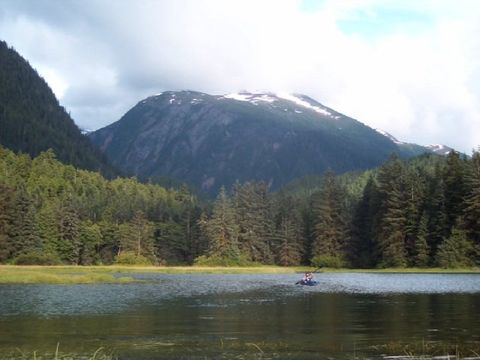
Beginning at the Northern tip of Vancouver Island and stretching all the way to the Alaskan border, this sixteen-million-acre rainforest has recently been designated as a protected area. Some of the forests towering hemlock, spruce and cedar can be dated back more than 800 years making this region the largest remaining coastal temperate rainforest left in the world.
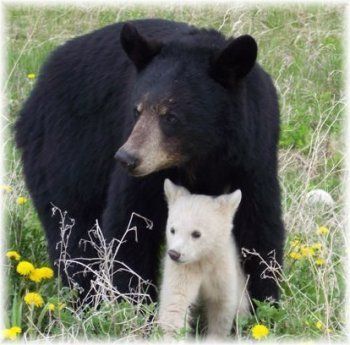
For more than a century, the call of the north has beckoned boaters. Cape Caution, located at the entrance to Queen Charlotte Strait and the southern end of the Great Bear Rainforest, presents a stark dividing line between boaters of the lower coast and those drawn in either by a journey to Alaska or the next nook north.
Many choices off the Inside Passage present nearly uninhabited webs of twisting routes. Few boaters make this choice, leaving the purists to enjoy their mountain vistas undiluted by fellow travelers. Only parts of this area have recently been charted and there are no facilities. Solitude, hidden lagoons and one–boat bights can be found around every corner.
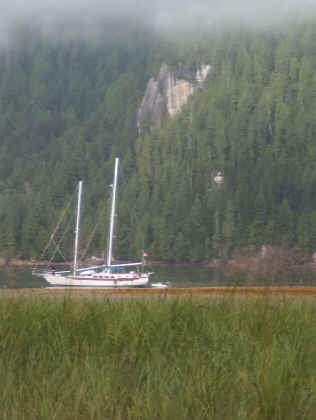
Salmon have drawn visitors to Rivers Inlet since the late 1800s. Once the site of more than 15 canneries and enough fishing activity to warrant its own hospital, the inlet today, however, houses several fishing resorts. At the end of Draney Channel, the floating village called Dawson’s Landing supports an old-fashioned general store. Rivers Inlet provides an opportunity for the angler to hire a local fishing guide: Duncanby Fishing Lodge
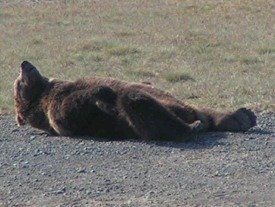
At the top end of Calvert Island, hiking paths from Pruth Bay lead to several broad open ocean beaches. A few miles north on the mainland side, the old BC Packers site at Namu typifies the amazing town-like appearance of company canneries.
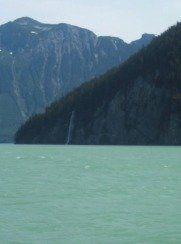
While the region may seem remote, three communities lie hidden among its winding passages. The First Nations town of New Bella Bella is located on the west side of Lama Passage. At the head of Cousins Inlet, Ocean Falls, the once thriving, hill clinging paper mill town, sits skeleton-like in the mist. When the mill closed in the 1970s, most of the town was dismantled, leaving only rustic boardwalks, a huge 400-room empty hotel, hospital and courthouse. Finally, the Norwegian-settled town of Bella Coola lies tucked at the head of North Bentinck Arm. Bella Coola sits above a loop formed by Dean and Burke channels. Alexander Mackenzie, trekking overland, reached tidewater nearby in 1793. Two local hot springs burble piping hot water into unique settings, and the scenery, especially near Cathedral Point is spectacular.
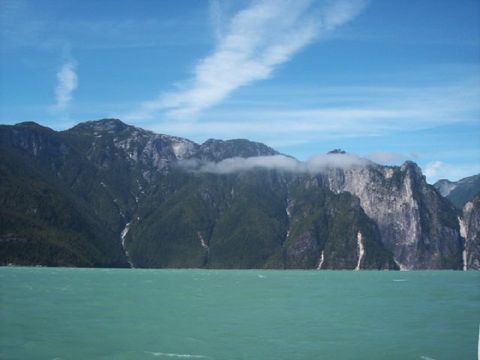
As our course continues father north, we pass the deepest body of water on the Inside passage. At 2400 feet deep, Finlayson Channel is only one mile wide. Passengers will now notice that rather than cruising at sea they are more likely to feel as if they are in the middle of a vast mountain range.
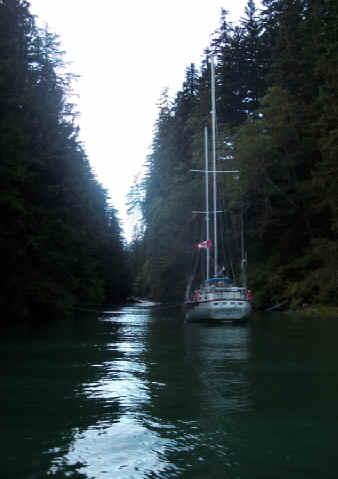
The mountainous terrain encountered in the middle sections of the Great Bear Rainforest reach elevations of up to 7500 feet within a quarter of a mile from the shoreline. Waterfalls adorn these precipitous granite giants in the thousands, the persistent binocular user will spot mountain goats foraging on horizontal crags stippled with patches of bright wild flowers. In these northern inlets the canyons are so deep our GPS will lose satellite coverage and we will be forced to navigate the way Captain Vancouver did centuries ago. Here the regular company of black and brown bear replaces that of typical cruising crowds found further south. Local folklore speaks of traps swarming with gigantic Dungeness crab promising our travels as bountiful a culinary experience as they are magical.
As we make our way back out onto the marine highway known as the Inside Passage, you will notice an increase in traffic, the majority of which will pass right through on their pursuit of more crowded harbors and American fishing grounds in Alaska, leaving us behind to enjoy the solitude of this untouched wilderness. Meandering through this maze of peaks and fjords we soon find ourselves pursuing the region that serves as home to the indigenous Kermode bear otherwise known as the “Great Spirit Bear.” Its stark-white fur provides the only difference between the black Roman-nosed Ursus americanas and this rare creature. A recessive gene is responsible for 400 or so of these unique bear. Occurring in only one of ten local bears a sighting is not guaranteed, but when it happens it is a treat of a lifetime. Occasionally the lucky will spot a black mother bear with one or two black cubs accompanied by their ghostly sibling.
Cruising through Princess Royal Reach is breathtaking. Described by many as the crowning jewel of the route north, waterfalls drain from thick moss-covered rainforest hills on all sides too numerous to count and falling too far to imagine. It is truly a spectacle. Anchorages are abundant and small deserted settlements can be explored. At this point of our excursion we can stop and soak our bones in one of four area hot springs.
The only urban area in the Great Bear Rainforest is Prince Rupert. With an international airport, Prince Rupert is an ideal location for arriving or disembarking your charter. After a vacation in the Great Bear it is immediately apparent why contemporary explorers continue to return to this wild and isolated region.
Recommended reading: The GREAT BEAR RAINFOREST By Ian McAllister & Karen McAllister.
Sierra Club Books. www.sierraclub.org/books
Sierra Club Books. www.sierraclub.org/books
Green For Real, Not For Feel
Over 95% of our local day sails are completed without burning one drop of fossil fuel!
Over 95% of our local day sails are completed without burning one drop of fossil fuel!
